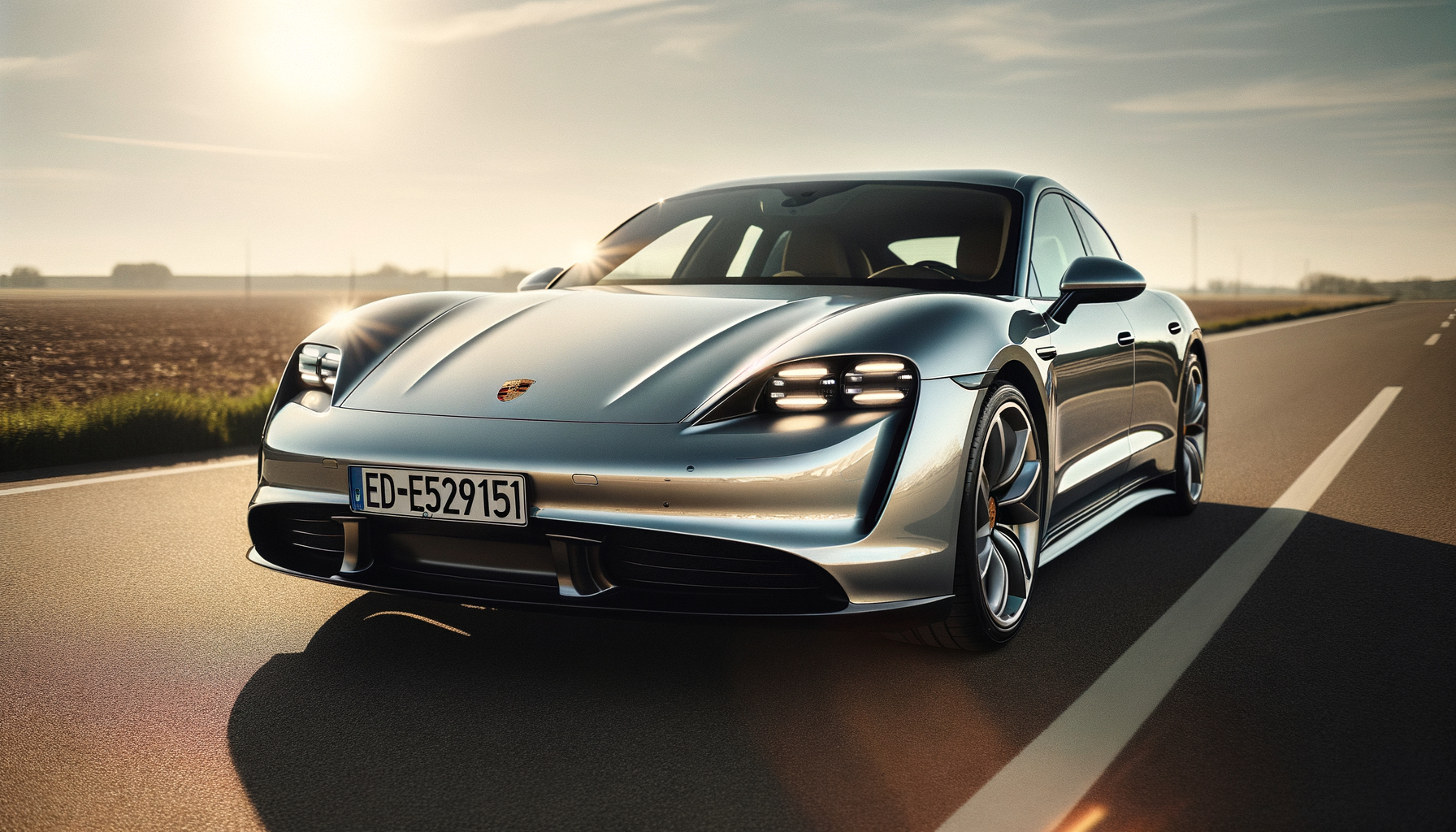
Porsche Taycan
The Porsche Taycan is an all-electric luxury sports sedan produced by the German automaker Porsche. The car was first unveiled as the Mission E concept at the Frankfurt Motor Show in 2015, before officially being announced as the Taycan in 2018.
The design of the Taycan was heavily influenced by the Mission E concept, with its sculpted lines, sleek profile, and aggressive styling setting it apart from other electric vehicles on the market. The Taycan features a futuristic interior with a large infotainment screen, digital cockpit, and high-quality materials throughout.
Production of the Taycan began in September 2019 at Porsche's new factory in Zuffenhausen, Germany. The factory was specifically built to produce the Taycan, with a focus on sustainability and eco-friendly manufacturing practices. The Taycan is produced alongside Porsche's iconic 911 sports car, showcasing Porsche's commitment to blending tradition with innovation.
The Taycan quickly gained popularity among luxury car enthusiasts and electric vehicle enthusiasts alike, thanks to its impressive performance capabilities and Porsche's reputation for engineering excellence. The Taycan is available in several different configurations, including the Taycan 4S, Taycan Turbo, and Taycan Turbo S, with varying levels of power and range.
Sales of the Taycan have been strong since its launch, with demand outstripping supply in some markets. The Taycan has received numerous awards and accolades, including being named the 2020 World Luxury Car of the Year. Porsche has also announced plans to expand the Taycan lineup with additional variants, including a Cross Turismo model with a more rugged design and increased ground clearance.
Overall, the Porsche Taycan represents a bold new direction for Porsche, blending cutting-edge electric vehicle technology with the brand's legendary performance and luxury. With its striking design, impressive performance, and eco-friendly credentials, the Taycan is sure to continue making waves in the luxury car market for years to come.
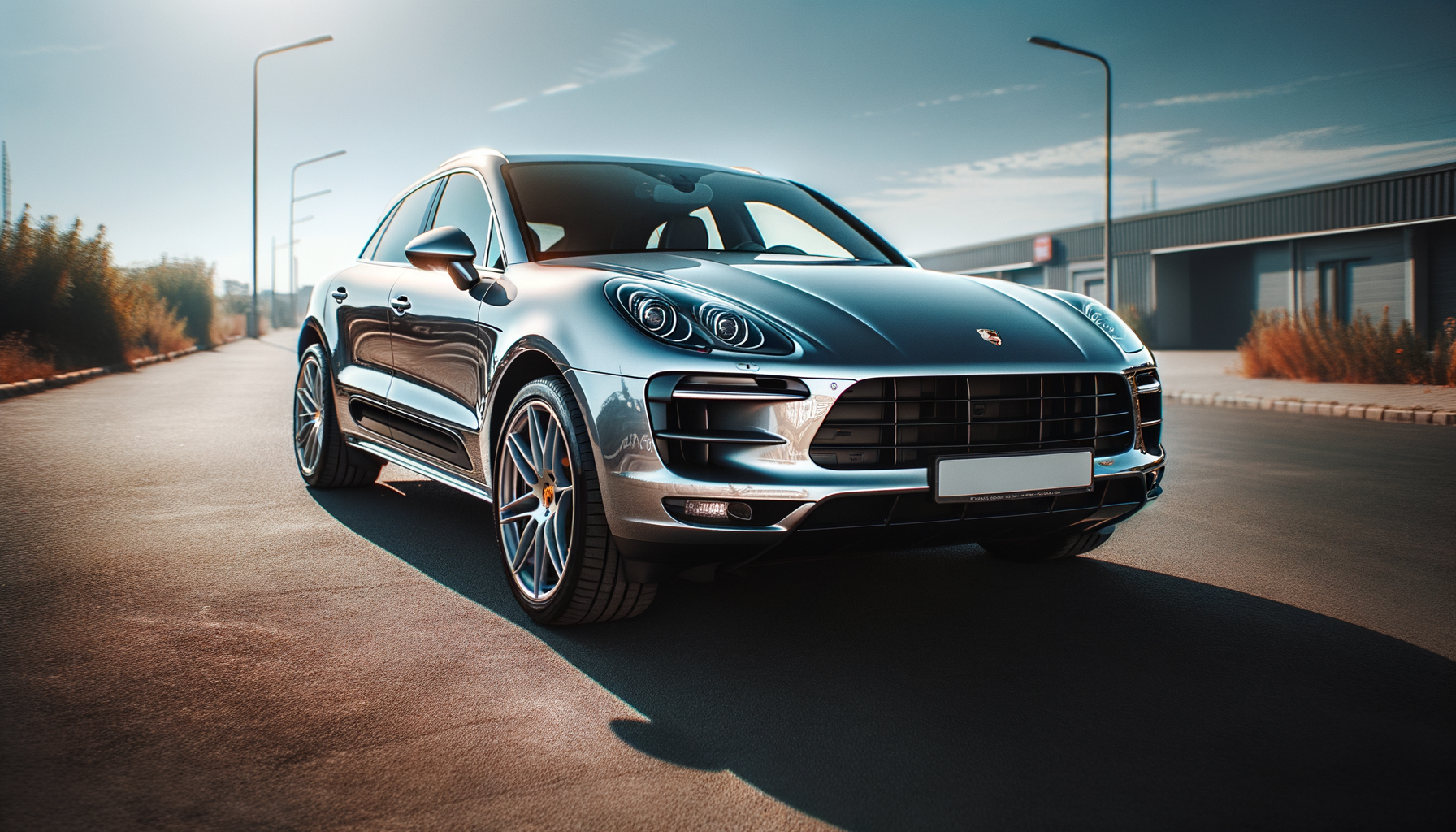
Porsche Macan
The Porsche Macan is a compact luxury SUV that was first introduced by the German automaker Porsche in 2014. The idea for the Macan began as early as 2007, when Porsche announced its intentions to develop a more compact SUV to complement its larger Cayenne model.
Design and production of the Macan took place at Porsche's Leipzig plant in Germany. The vehicle shares its platform with the Audi Q5, but features unique styling and performance characteristics that are in line with Porsche's brand identity. The Macan was designed to appeal to a younger demographic than the Cayenne, offering a sportier driving experience in a more compact package.
The Macan was officially unveiled at the 2013 Los Angeles Auto Show, and went on sale in early 2014. The initial model lineup included the Macan S and Macan Turbo, both of which were powered by turbocharged V6 engines. Over the years, Porsche has expanded the Macan lineup to include additional variants, such as the Macan GTS and Macan Turbo with Performance Package, each offering different levels of performance and luxury features.
Sales of the Porsche Macan have been strong since its introduction, with the SUV quickly becoming one of the best-selling models in Porsche's lineup. The Macan's combination of performance, luxury, and practicality has made it a popular choice for drivers looking for a premium SUV with sporty driving dynamics.
Overall, the Porsche Macan has been a successful addition to Porsche's lineup, helping the brand reach a wider audience and further solidify its reputation as a manufacturer of high-performance luxury vehicles.
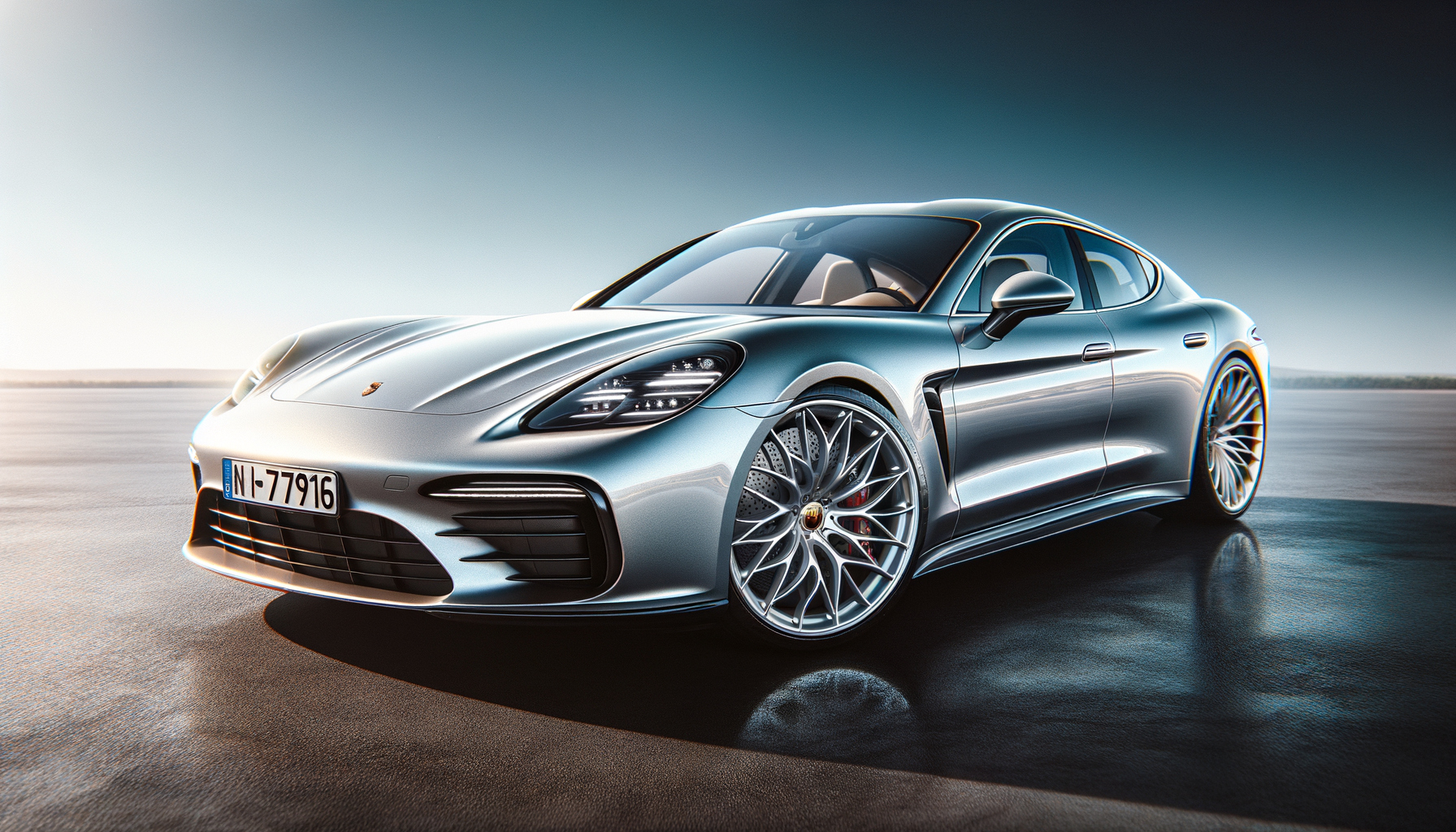
Porsche Panamera
The Porsche Panamera is a luxury four-door sedan that was first introduced by the German automaker in 2009. The idea for the Panamera can be traced back to the 1980s when Porsche attempted to develop a four-door sedan. However, the project was ultimately scrapped in favor of the development of the Porsche Cayenne SUV.
In the early 2000s, Porsche once again began exploring the idea of a four-door sedan that would appeal to luxury car buyers who needed more space and practicality than the traditional two-door sports cars offered by the brand. The company's design team, led by Michael Mauer, set out to create a sleek and sporty sedan that retained the distinctive design elements of a Porsche.
The design of the Panamera was unveiled at the Shanghai Auto Show in 2009, featuring a long wheelbase, wide stance, and a roofline that sloped gently towards the rear of the car. The interior of the Panamera was also designed to be luxurious and spacious, with high-quality materials and advanced technology features.
In terms of production, the Panamera was built at Porsche's plant in Leipzig, Germany, where the company invested over 500 million euros in a new production facility specifically for the sedan. The car was available with a range of engines, including V6, V8, and hybrid options, all of which were designed to deliver the performance and driving dynamics that Porsche is known for.
Sales of the Panamera were initially slow, as the sedan faced stiff competition from established luxury brands like BMW, Mercedes-Benz, and Audi. However, over time, the Panamera gained a dedicated following of buyers who appreciated its combination of performance, luxury, and practicality. In 2017, Porsche celebrated the production of the 100,000th Panamera at the Leipzig plant, highlighting the car's continued success in the luxury sedan market.
Overall, the Porsche Panamera has become an important part of the brand's lineup, offering a unique blend of performance and practicality that has helped to attract a new generation of luxury car buyers to the Porsche brand.
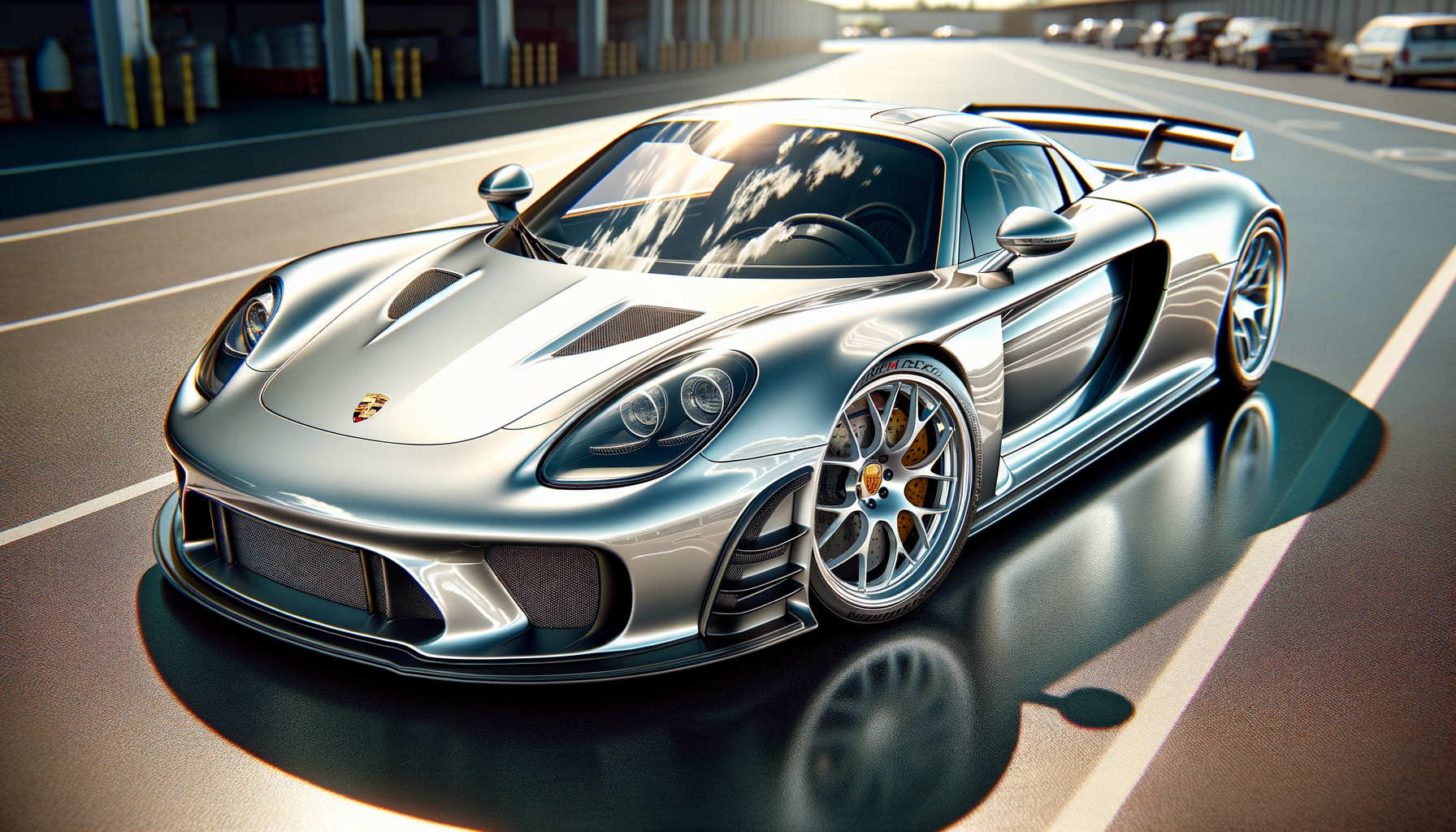
Porsche 980 Carrera GT
The Porsche Carrera GT was a limited-production supercar produced by the German automaker Porsche between 2004 and 2007. The car was originally unveiled as a concept car at the 2000 Paris Motor Show and was later put into production due to overwhelming demand from enthusiasts and collectors.
Design:
The design of the Carrera GT was inspired by Porsche's racing heritage, particularly the Le Mans-winning Porsche 917. The car featured a lightweight carbon fiber monocoque chassis, a mid-engine layout, and a sleek, aerodynamic bodywork that was both functional and stylish. The interior was stripped down to the bare essentials, with minimal creature comforts and a focus on driving dynamics.
Production:
Production of the Carrera GT began in late 2003 at Porsche's facility in Leipzig, Germany. The car was hand-built by a team of skilled craftsmen, with each car taking approximately 28 days to complete. The production process was highly labor-intensive, with a high level of attention to detail and quality control to ensure that each car met Porsche's high standards.
Sales:
The Carrera GT was initially priced at around $450,000, making it one of the most expensive production cars on the market at the time. Despite its high price tag, the car was incredibly popular among collectors and enthusiasts, with demand far exceeding supply. Only 1,270 Carrera GTs were produced during the car's three-year production run, making it a highly sought-after and collectible vehicle.
Legacy:
The Porsche Carrera GT is widely regarded as one of the greatest supercars ever produced, with its combination of stunning performance, exquisite design, and collectibility making it a true modern classic. The car's V10 engine, capable of producing 612 horsepower, allowed it to accelerate from 0-60 mph in just 3.5 seconds and reach a top speed of 205 mph. The Carrera GT's handling and driving dynamics were also praised by critics, with many considering it one of the best driving experiences money can buy.
Overall, the Porsche Carrera GT was a groundbreaking supercar that helped solidify Porsche's reputation as one of the world's premier sports car manufacturers. Its limited production numbers and timeless design have ensured that it remains a highly sought-after car among collectors and enthusiasts.
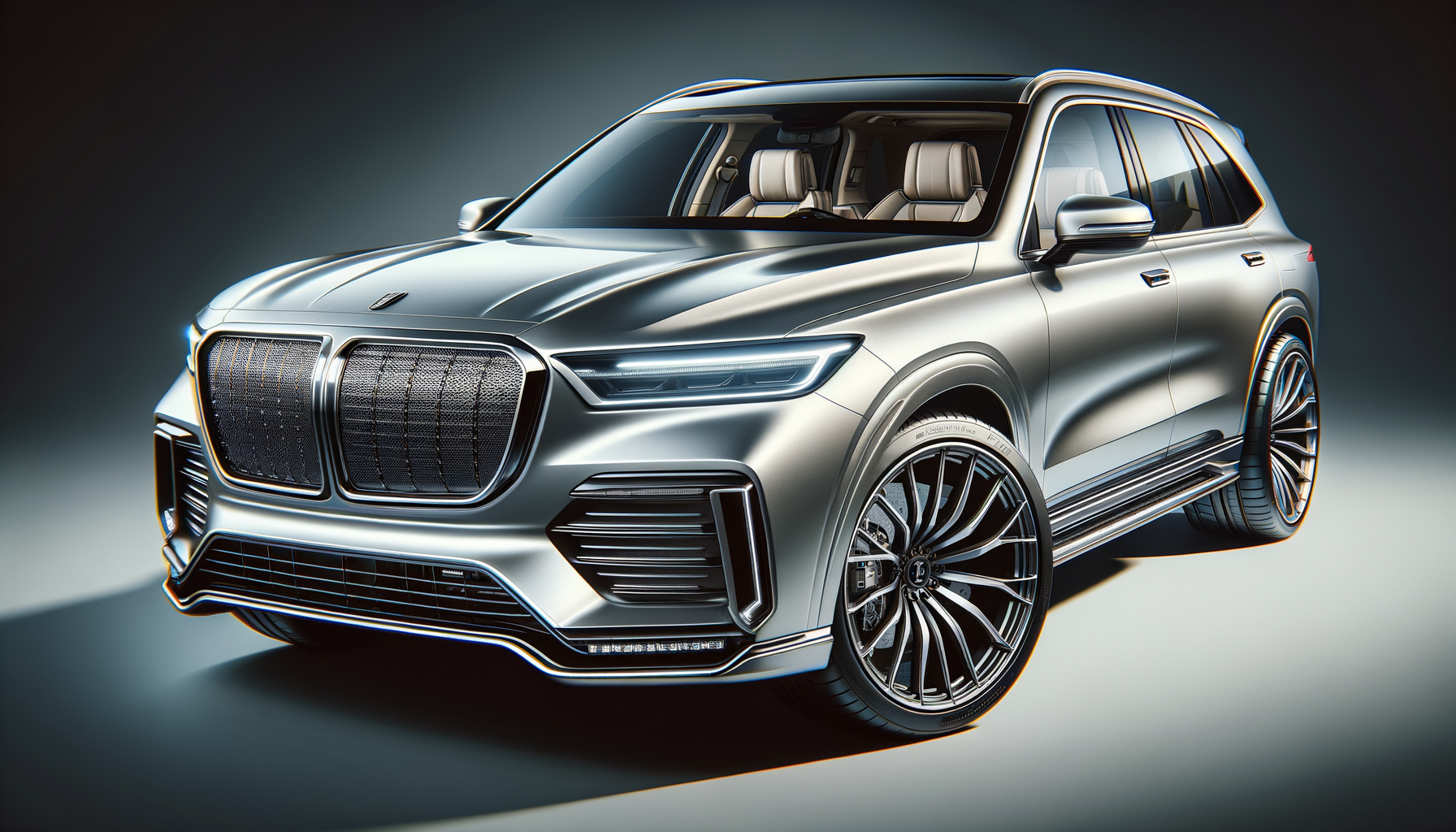
Porsche Cayenne
The Porsche Cayenne is a mid-size luxury crossover SUV manufactured by the German automaker Porsche since 2002. The Cayenne was Porsche's first entry into the SUV market and marked a significant departure from the company's traditional lineup of sports cars.
The design and production of the Cayenne began in the late 1990s when Porsche realized the potential market for luxury SUVs, particularly in the United States. The company formed a partnership with Volkswagen to develop a platform for the Cayenne, which would also be used for the Volkswagen Touareg and Audi Q7. The Cayenne was designed to embody Porsche's performance and engineering expertise while also providing the practicality and comfort expected of an SUV.
The first generation of the Porsche Cayenne was introduced in 2002 and was available with a range of engines, including V6, V8, and turbocharged V8 options. The Cayenne received praise for its handling and performance, with some critics likening it to driving a sports car.
In 2010, Porsche introduced the second generation of the Cayenne, which featured updated styling, improved fuel efficiency, and a new range of engines. A hybrid variant was also added to the lineup, marking Porsche's entry into the hybrid market.
The third generation of the Cayenne was launched in 2017 and featured a redesigned exterior, an updated interior, and a range of new technology features. The Cayenne continued to be a strong seller for Porsche, particularly in markets like the United States and China.
Sales of the Cayenne have been strong since its introduction, with the SUV becoming one of Porsche's best-selling models. The Cayenne's success has helped to boost Porsche's overall sales and profitability, allowing the company to expand its lineup and invest in new technologies.
Overall, the Porsche Cayenne has been a successful addition to Porsche's lineup, combining the company's performance heritage with the practicality and comfort of an SUV. The Cayenne has helped to attract new customers to the Porsche brand and has become a key contributor to the company's overall success.


